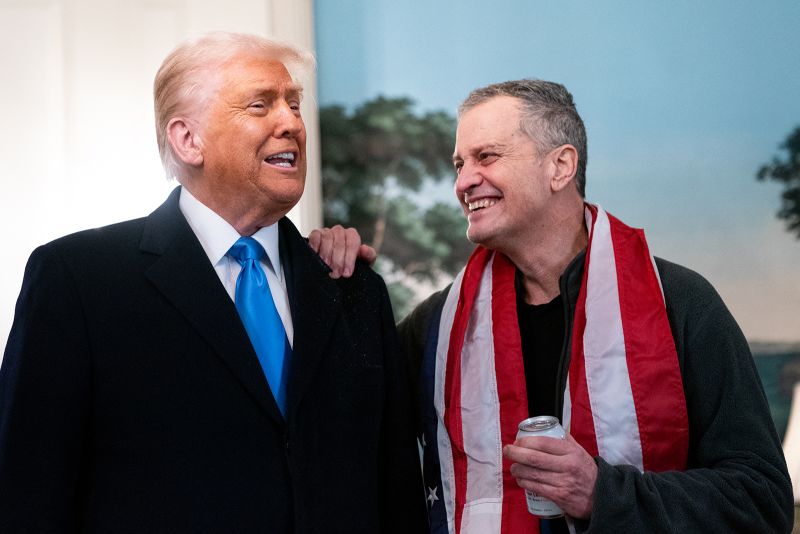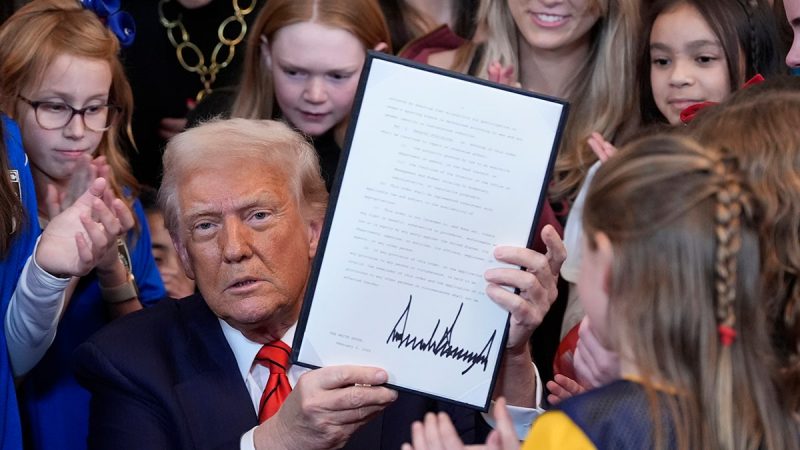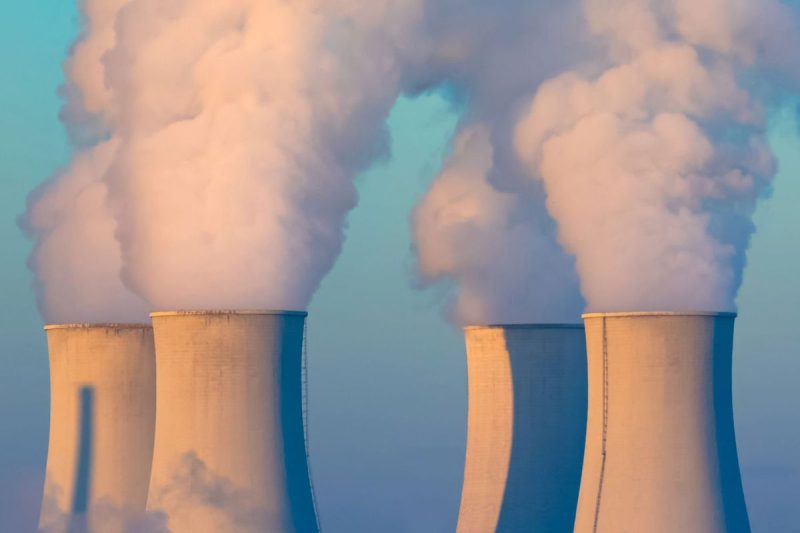
As the war in Ukraine grinds toward its fourth year, US President Donald Trump has made clear which world leader he thinks can help America end the conflict: Vladimir Putin’s ally Xi Jinping.
“Hopefully, China can help us stop the war with, in particular, Russia-Ukraine … they have a great deal of power over that situation, and we’ll work with them,” Trump told political and business elites gathered at the World Economic Forum in Davos, Switzerland last month.
Trump expressed that hope, he has repeatedly said, in a call with the Chinese leader days before being sworn in last month – and it’s a subject that could be raised in the coming days as officials from around the world gather in Munich for an annual security conference.
While Trump may have complicated his plan to orchestrate peace alongside Xi by imposing a blanket 10% tariff on Chinese imports into the United States earlier this month, the war in Ukraine could be a rare issue of collaboration – especially as Beijing looks to avert deepening trade frictions.
“Given the stakes on US-China relations, if Trump prices China’s cooperation as the one critical issue that could improve US-China relations, I think China will be very tempted … (and could) play a helpful role,” said Yun Sun, director of the China Program at the Stimson Center think tank in Washington. At the same time, she added, Beijing will be wary of undermining its alignment with Russia.
China has long sought to position itself as a potential peace broker in the conflict –promoting its own vaguely-worded proposal to settle the war. But in the West, its bid has so far been overshadowed by another reality: Beijing’s abiding support for Putin’s Russia.
The stakes would be high for Xi to risk damaging that partnership, which the Chinese leader has built up as a critical part of his broader goals to counter pressure from the West and reshape a world order in China’s favor.
And a negotiating table where Xi has a prominent seat is also one where Putin, not Trump, has a staunch partner – a reality that Washington would have to navigate carefully if it doesn’t want to risk isolating European allies or reach a solution that’s unacceptable to Ukraine, analysts say.
“The real outcome that Beijing would like to avoid is a very much weakened Russia,” said Chong Ja Ian, an associate professor at the National University of Singapore. “Because then … (Beijing) would be lacking one major partner.”
The future of the conflict is expected to feature heavily on the agenda of the upcoming Munich Security Conference beginning Friday in Germany, where US Vice President JD Vance is set to meet with Ukrainian President Volodymyr Zelensky. Chinese Foreign Minister Wang Yi will also lead a delegation from Beijing.
Looming over the gathering is a dramatic tone shift in Washington’s approach to the war. Trump has questioned American aid to the embattled country, which his predecessor Joe Biden and US NATO allies have seen as critical to defending not just Ukraine’s sovereignty and territorial integrity, but the rules-based world order.
In a Fox News interview earlier this week, the notoriously transactional Trump instead suggested that the US should be getting access to Ukraine’s rich natural resources in exchange for military assistance. He also suggested that Ukraine “may be Russian someday,” and said his administration has made “tremendous progress” in laying the groundwork for potential peace talks with Russia and Ukraine, without providing details.
Zelensky has said he is willing to negotiate with Putin – but only if the US and Europe continue to support Ukraine and “provide security guarantees,” while Russia in recent days reiterated that it would only accept a peace that saw Ukraine give up ambitions to join NATO and cede regions annexed by Russia.
But while Trump is pushing for a swift end to the war, his administration has yet to lay out specifics on what kind of peace terms they are hoping to see agreed upon.
How much Trump would look to work alongside Xi – and whether the Chinese leader is amenable – may also depend to an extent on those parameters, observers say. Western leaders in the past have tried, without success, to persuade Xi to push Putin toward a peace in line with the one advocated for by Zelensky and Ukraine.
Even as China has claimed neutrality in the conflict and called for peace, it’s emerged as a key diplomatic and economic lifeline for Russia throughout the war, including by sending it dual-use goods NATO leaders have said are feeding Russia’s defense sector and enabling its military. Beijing defends its trade as part of normal relations with Russia.
It’s likely that in Trump’s eyes, all that gives Xi leverage over Putin. But close observers of China’s foreign policy say it’s not so straightforward.
“Can China threaten to cut off the supply (of essential goods to Russia)? It can’t, because China cannot afford a completely failed Russia,” said Liu Dongshu, an assistant professor focusing on Chinese politics at the City University of Hong Kong. He pointed to Beijing’s calculus that its relations with the US and Europe have already soured to such an extent that they have no choice but to continue to back their only powerful diplomatic ally.
Xi and Putin memorably declared their “no limits” partnership weeks before Russian tanks rolled over Ukraine’s sovereign borders – a pledge made based on their shared opposition to NATO and a view that the US-led West is declining while they are on the rise.
Xi also sees Putin as a potential source of economic and diplomatic support if Beijing were ever to invade Taiwan, some observers say. Xi’s ambition to take control of the self-ruling democracy may be another key reason why he would be wary of any move that could harm that relationship.
The Chinese leader may also be enjoying the war’s role as a distraction for the US away from a focus on Asia and Taiwan – something the Trump’s cohort, including Vice President Vance, have pointed out.
As a US senator, Vance last year argued that the US supplying Ukraine with air defense systems could hurt its ability to aid Taiwan’s defense if China were to attack the island that it claims as its own.
Working with Trump to pressure Putin to a negotiating table – whatever the terms of a deal – would also mark a stark shift in Beijing’s approach to the conflict so far.
Xi and his officials have used the war as a platform to promote a vision for a China-led world, one where the American alliance system has been dismantled or weakened.
“China focuses on building a coalition of non-Western nations, including influential developing countries like Brazil, to leverage the Ukraine conflict toward reshaping global security architecture and advancing an alternative vision of world order,” said Tong Zhao, a senior fellow at the Carnegie Endowment for International Peace in the US.
Beijing will have little incentive to engage in substantial cooperation with Washington for now, said Zhao, noting that its officials would, however, wait and see what benefits could be gained from any potential, broader deal-making with Trump.
That said, the current American president – a NATO critic, who has repeatedly voiced personal admiration for Putin and Xi – may be a more appealing negotiating partner for both strongmen.
Trump before taking office called for an “immediate ceasefire and negotiations” – a position that jives with Beijing’s stated stance on the war that has been criticized by the West as helpful to Russia. He’s also in recent weeks echoed Moscow and Beijing’s talking points, sympathizing with the Kremlin’s view that Ukraine should not be part of NATO and that the war continued because America “started pouring equipment” into Ukraine.
US lawmakers and some members of Trump’s administration remain tough on both countries. But Trump’s stance raises the question of whether there is a deal that Beijing, Moscow and Washington could orchestrate that would please all three – and what that could mean for Ukraine and the future of the conflict.
“You can see how each could take something from (certain peace deals) – Putin can save face, Xi and Trump can claim to be peacemakers,” said Robert Ward, director of geo-economics and strategy at the International Institute for Strategic Studies in Britain.
But there’s a risk in any agreement where Russia is left in possession of the parts of Ukraine it’s now occupying that this becomes “a conflict that isn’t at an end, it’s just a lull,” he said.
This post appeared first on cnn.com





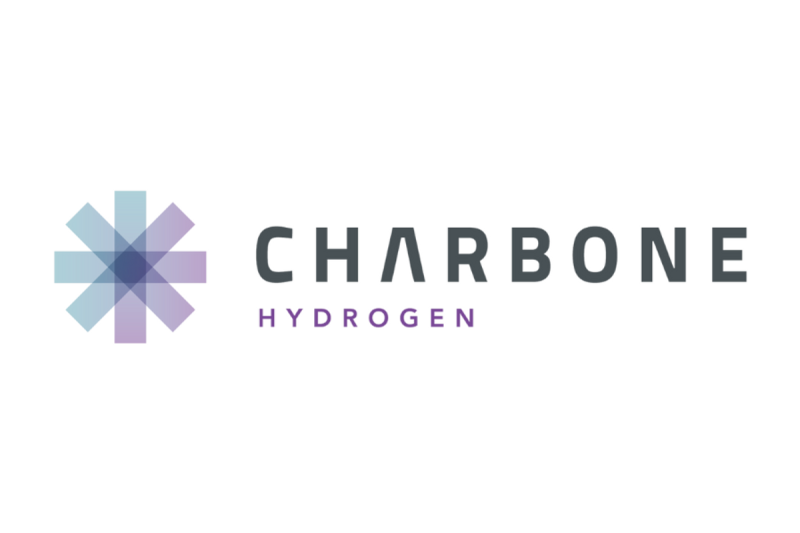
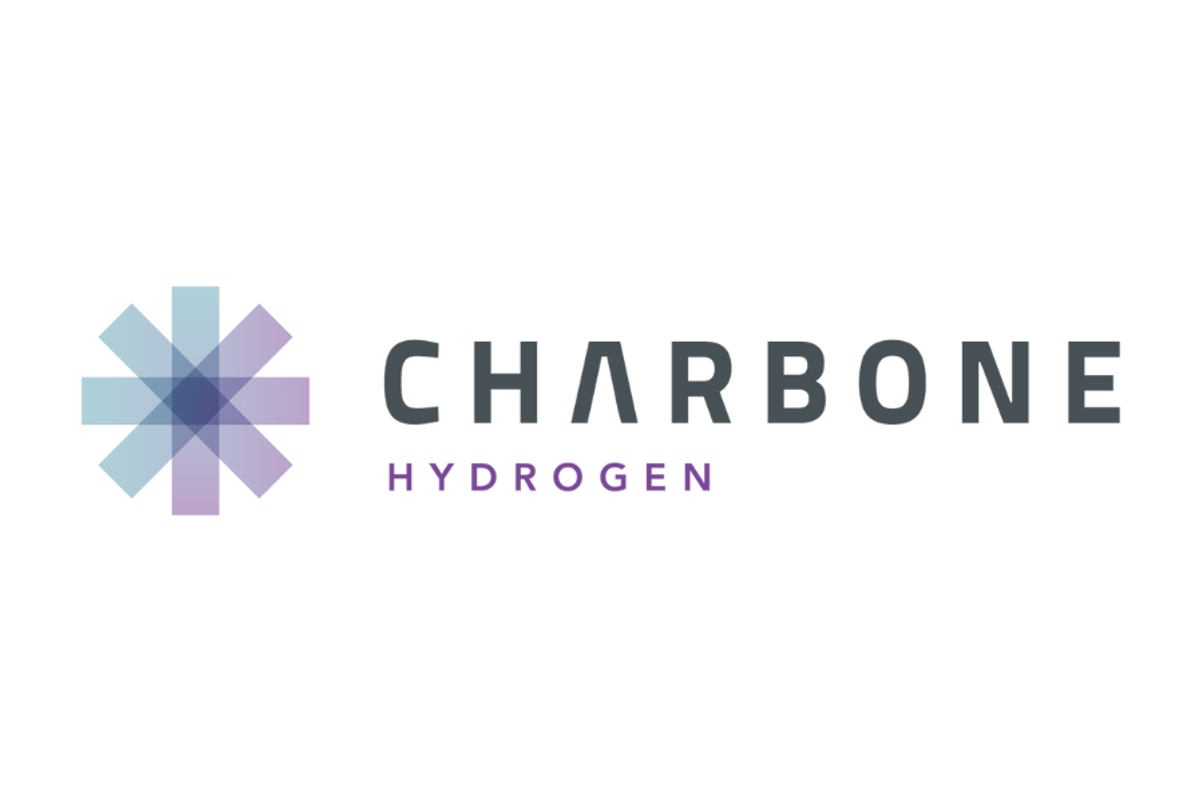











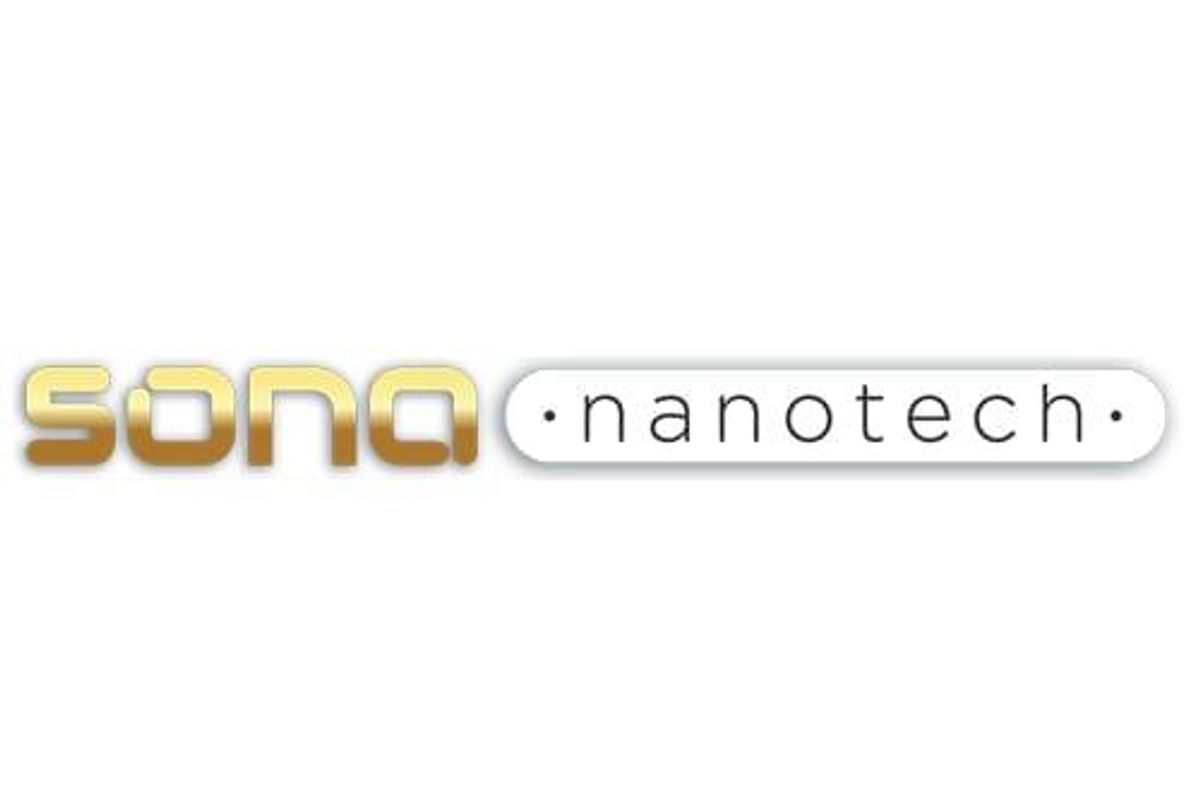
 , a photothermal cancer therapy, which uses therapeutic heat to treat solid cancer tumors. The heat is delivered to tumors by infrared light that is absorbed by Sona’s gold nanorods in the tumor and re-emitted as heat. Therapeutic heat (42-48°C) stimulates the immune system, shrinks tumors, inactivates cancer stem cells, and increases tumor perfusion – thus enabling drugs to reach all tumor compartments more effectively. Targeted Hyperthermia promises to be safe, effective, minimally invasive, competitive in cost, and a valuable adjunct to drug therapy and other cancer treatments.
, a photothermal cancer therapy, which uses therapeutic heat to treat solid cancer tumors. The heat is delivered to tumors by infrared light that is absorbed by Sona’s gold nanorods in the tumor and re-emitted as heat. Therapeutic heat (42-48°C) stimulates the immune system, shrinks tumors, inactivates cancer stem cells, and increases tumor perfusion – thus enabling drugs to reach all tumor compartments more effectively. Targeted Hyperthermia promises to be safe, effective, minimally invasive, competitive in cost, and a valuable adjunct to drug therapy and other cancer treatments. 



